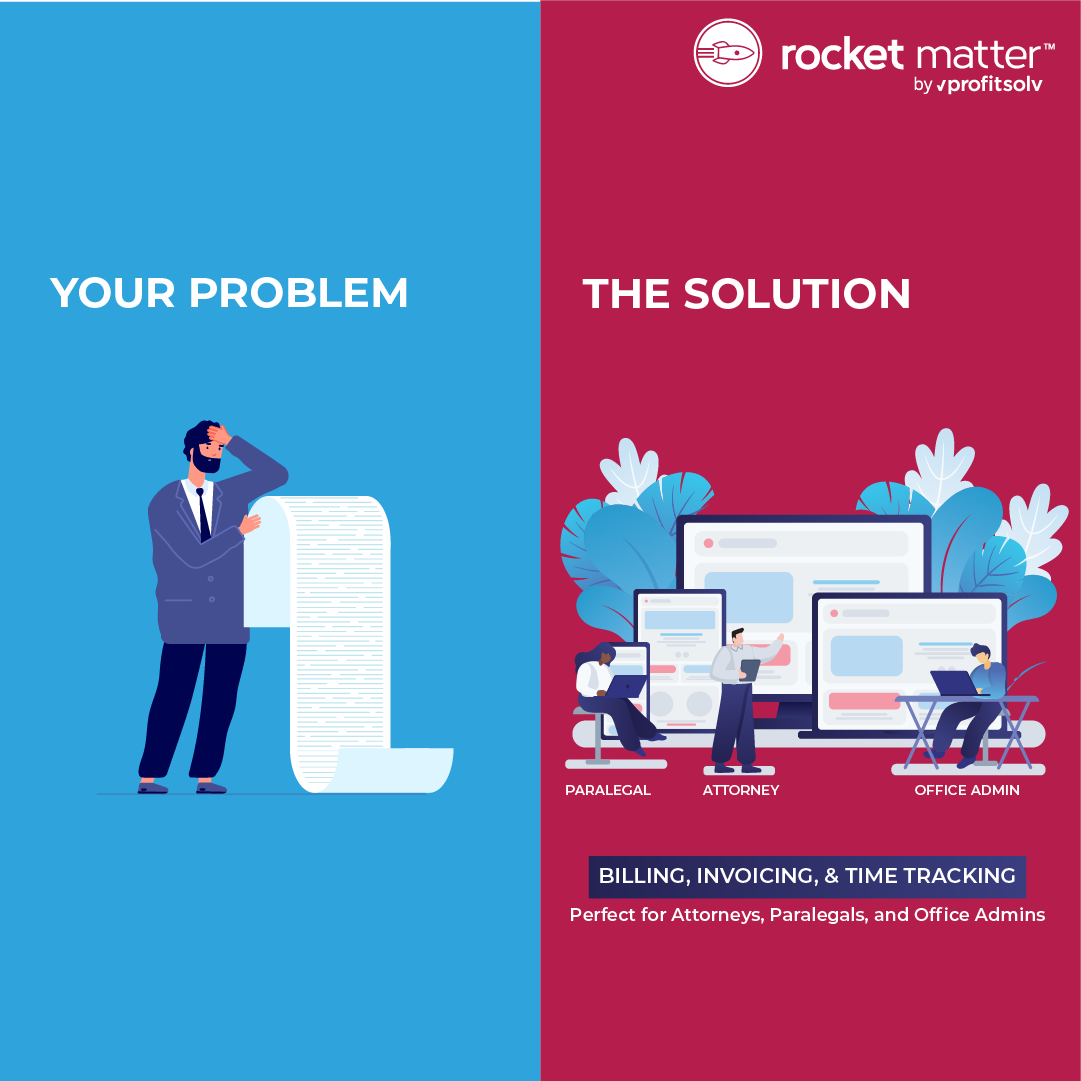Thinking of Going Solo? Six Essential Steps to Starting Your Own Legal Practice

Contrary to what TV dramas would have you believe, most lawyers in the US do not work at intrigue-filled Big Law firms. In fact, 63% of attorneys work for solo or small firms. A slight majority of that group, 32%, are solo practitioners.
Solo lawyers commonly report being happier with their professional lives, more satisfied with their mental health, and enjoying more positive attorney-client relationships than their counterparts at large law firms.
However, just because you can hang your own shingle doesn’t mean you should. Because the ramifications of any legal mistake can be severe, most lawyers will tell you it’s a good idea to get some experience and mentoring under your belt before striking out on your own.
The need for that valuable experience is the primary reason only 1% of law school graduatesnopen a solo practice. In fact, nearly 67% of all solo practitioners are 40 years old or older.
Working at a firm before flexing your entrepreneurial muscles can give you time to:
- Find the practice area you enjoy most
- Grow your legal knowledge and expertise
- Work on client management skills
- Learn how a firm should (and shouldn’t) run
Starting a solo practice isn’t easy, but it’s not impossible, and it can be quite rewarding. With the right preparation and tools, you can be your own boss sooner than you think.
Step 1: Identify your target market and practice areas
It can be tempting when opening a solo practice to take any case that walks in the door just to keep the money coming in. That’s a choice that will cost you in the long run.
If you’ve left a firm, odds are good you’ve already thought about the types of legal matters you want to work on, but it’s still worthwhile to ask yourself:
- What practice area am I good at?
- Is the area I’m good at one that I enjoy?
- Do I have a solid network in my chosen practice area?
- Who is my ideal client? Do I know how to approach them?
- How competitive is the market for that type of practice?
Answering these questions can help you determine how feasible opening a solo practice really is. For example, if you’re in a city with a lot of firms or attorneys practicing in the niche you’ve chosen, do you have enough name recognition to compete on your own? If not, are there related practice areas you can logically include or add on?
Step 2: Create a business plan
Every good business plan has two components: the theoretical and the practical.
The idealistic part of your business plan includes the mission statement, vision, and values that guide your work. It establishes the culture of your business, your standards for client service, and what you want to be known for professionally.
People who avoid these steps because they view them as “fluff” miss a key opportunity to build confidence in what they have to offer. Setting your vision and values is more than a feel-good exercise—it gives you the conviction you need to be your own brand and to survive writing the practical part of your business plan.
The practical side of a business plan should include:
- Revenue forecasts and goals
- A monthly budget that includes all overhead and admin salaries (if applicable)
- Cash flow forecasts and statements
- The key performance indicators (KPIs) you’ll use to track performance
- Services you’ll offer and your fee structure
- Marketing plans
Getting past this critical step is easier if you have a realistic understanding of what you need to bring in to support your lifestyle and a firm belief in the value you have to offer. If you need help with this step, professional associations often have a list of resources and people willing to mentor you.
Free Guide
The Paperless Law Office: A 12-Month Plan
for Going Paperless
This free guide will provide you with an actionable plan for going paperless, with monthly tasks that include:
1. Determining your paperless processes
2. Establishing naming and filing conventions
3. Choosing an online storage provider
4. Embracing mobile paperless tools
5. And more important resources!
Step 3: Set up the basics
Once you know what you need to do and why you’re doing it, you’re ready to start making it all happen. You’ll need to:
- Decide what type of corporate entity you want to be and file the paperwork
- Apply for an Employer Identification Number (EIN) on the IRS website
- Set up bank and IOLTA-compliant trust accounts
- Buy insurance
- Start executing your marketing plan, including building a website
Step 4: Build your operational framework
You’ll need office equipment and supplies, as well as things like a dedicated phone line and email address, to make your firm legitimate. But as important as hardware is, the software that streamlines your workflows and reduces your workload is the key to making it as a solo practitioner.
One of the biggest challenges solo practitioners face is managing admin tasks alongside their cases. But here’s the good news: legal practice management technology does a lot to close that gap.
Rocket Matter was one of the first online legal practice management platforms on the market, and we have more than 16 years of experience helping small and solo firms compete on a big stage.
Here’s a quick rundown of how Rocket Matter helps solo practices optimize their workflows:
- Rocket Matter’s practice management function helps you automate your documentation (with or without templates) and securely share files and collect e-signatures.
- The calendaring and contact management features track deadlines, to-do lists, conflicts of interest, and client information from wherever you’re working that day.
- Billing and tracking, which can take days if done manually, can be completed in hours (even minutes) with Rocket Matter’s automated time capture and invoicing interfaces. We can even help you set up online payments for your clients!
All of these features come with reporting dashboards that make it easy to figure out which cases and clients give you the most bang for your buck.
Step 5: Execute your marketing strategy
As important as marketing is, it frequently ends up at the end of a solo practitioner’s to-do list. We get it. Spending time and money on marketing can feel like a luxury you can’t afford when you’re also paying the bills, taking the depositions, filing the motions, writing the briefs, researching the precedents, collecting the revenue, etc.
But Rocket Matter’s CRM capabilities can help you turn 20 minutes of marketing into a stream of highly qualified leads. When you automate basic marketing functions like lead generation, initial follow-up, client onboarding, audience segmentation, and client education, you can execute a successful campaign in a snap.
Even better? Our detailed business intelligence reports make it easy to refine your approach and strengthen your pipeline.
Step 6: Flip the shingle to “Open”
Once you’ve identified your target demographic, written a business plan, purchased your equipment, optimized workflows, and automated your marketing, you’re ready to flip that shingle to open.
But remember—there’s always room to be better. As Bruce Hamilton once said, “Continuous improvement is not about the things you do well—that’s work. Continuous improvement is about removing the things that get in the way of your work.”
Let Rocket Matter be your silent partner
Solo practitioners should always be looking for ways to work smarter. Using a legal practice management program like Rocket Matter will help you identify the pain points and bottlenecks that eat into your billable time.
If you’re ready to see how Rocket Matter can help you get your solo firm up and running and poised for success, contact us today.
Free Guide
The Paperless Law Office: A 12-Month Plan
for Going Paperless
This free guide will provide you with an actionable plan for going paperless, with monthly tasks that include:
1. Determining your paperless processes
2. Establishing naming and filing conventions
3. Choosing an online storage provider
4. Embracing mobile paperless tools
5. And more important resources!
Related Resources

How to Increase Your Profits with Rocket Matter
Lawyers in firms of all sizes struggle to finish the work for the day in a reasonable amount of time. With document creation, non-billable tasks, and time spent following up with current and potential clients, the workday quickly turns from a planned eight-hour day into a twelve-hour one.

How to Master Your Law Firm’s Time and Billing
Lawyers have a heavy workload. With so many clients and their various needs, it’s easy to put tedious administrative tasks like time tracking and billing on the back burner.

6 Billing Strategies to Grow Your Law Firm
Scaling your law firm doesn’t just mean adding more lawyers or increasing your number of clients. The best way to boost your law firm’s finances is to minimize your non-billable hours and make sure that every hour of your day is accounted for.
Share post:









